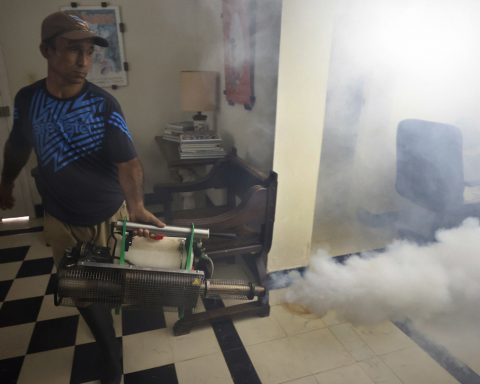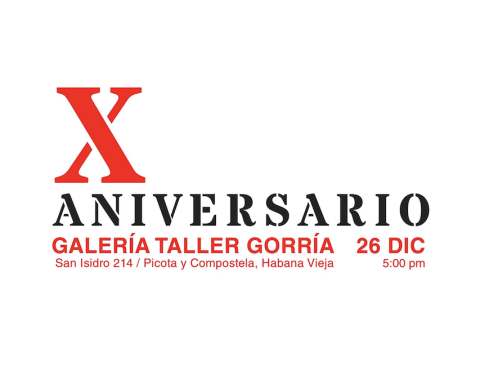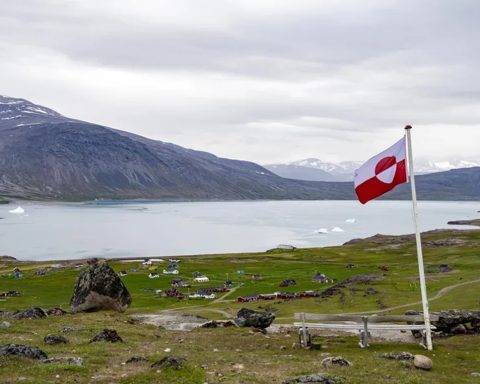As I look over this series of photos of the Bacunayagua bridge, I remember ¡Viva papi!, the cartoon by Juan Padrón with the voice of the great Bola de Nieve in which a child was not proud of his nut-maker father. The story was different when the little boy understood that without his father’s work, the world as we know it today would fall. Although, by the way, this bridge lacks nuts.
The evocation might seem forced, but I imagined the anonymous workers of the majestic work, one of the Seven Wonders of Cuban Civil Engineering.
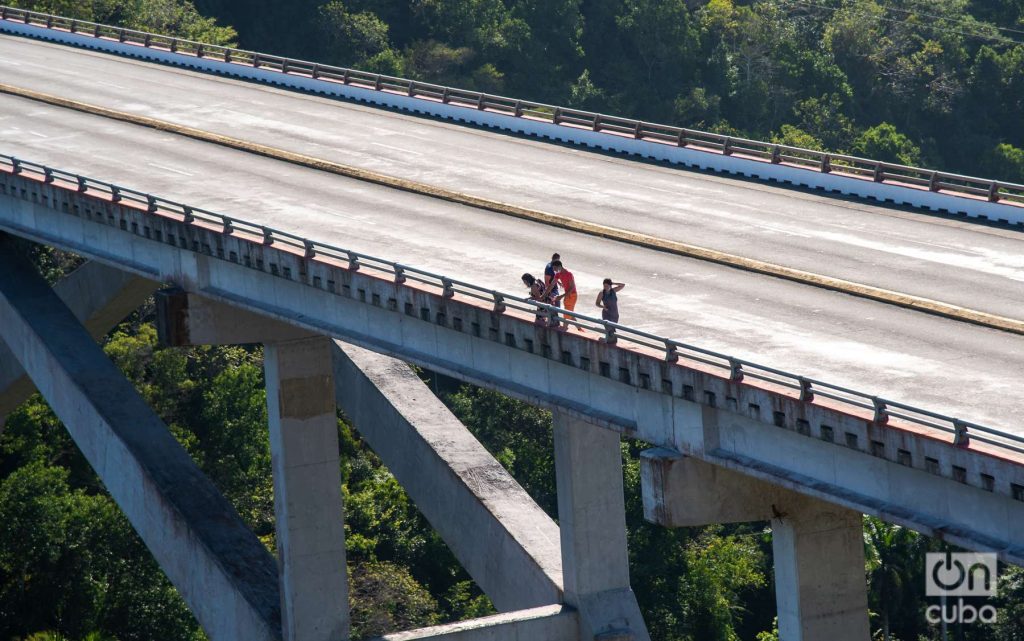
The bridge, the border between the provinces of Mayabeque and Matanzas, to the east of Havana, can be seen in its entirety from a viewpoint, at kilometer 82 of the Vía Blanca highway, shortly after crossing it.
From this panorama on the left side, you can see Atlantic waters and a winding stretch of the north coast. From the void, among the thick foliage, rise the arches that make this bridge 16 meters wide, 313 meters long and 110 meters above sea level, the highest in the country.
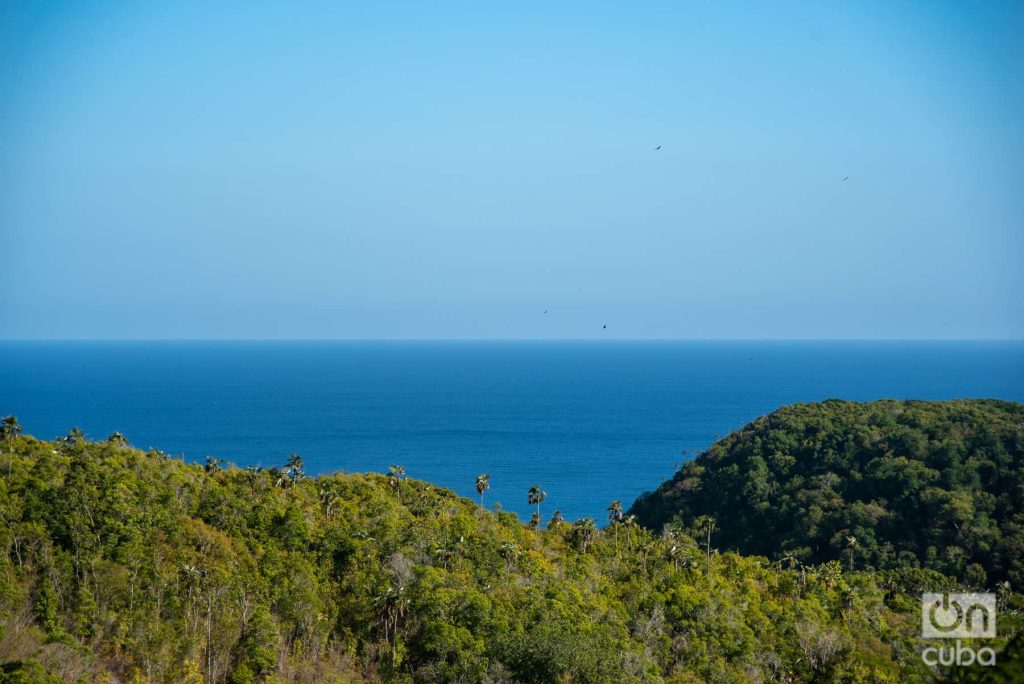
Behind the scenes of this postcard, of the data, of the engineering majesty as a notable feature of the bridge, the history and construction details are so interesting that a cartoon could well be made for adults and children answering how they did to raise the arches of reinforced concrete, which curve elegantly towards the sky, creating a unique and sophisticated shape.
That is when the Austrian Joseph Melan, a civil engineer and architect who invented and developed an innovative technique at the end of the 19th century known as “The Melan System”, appears. The method, patented in 1892, is based on the use of reinforced concrete arches to distribute the forces in a structure. It was a revolution in the world, allowing the creation of bridges and other civil works in a more efficient and economical way.
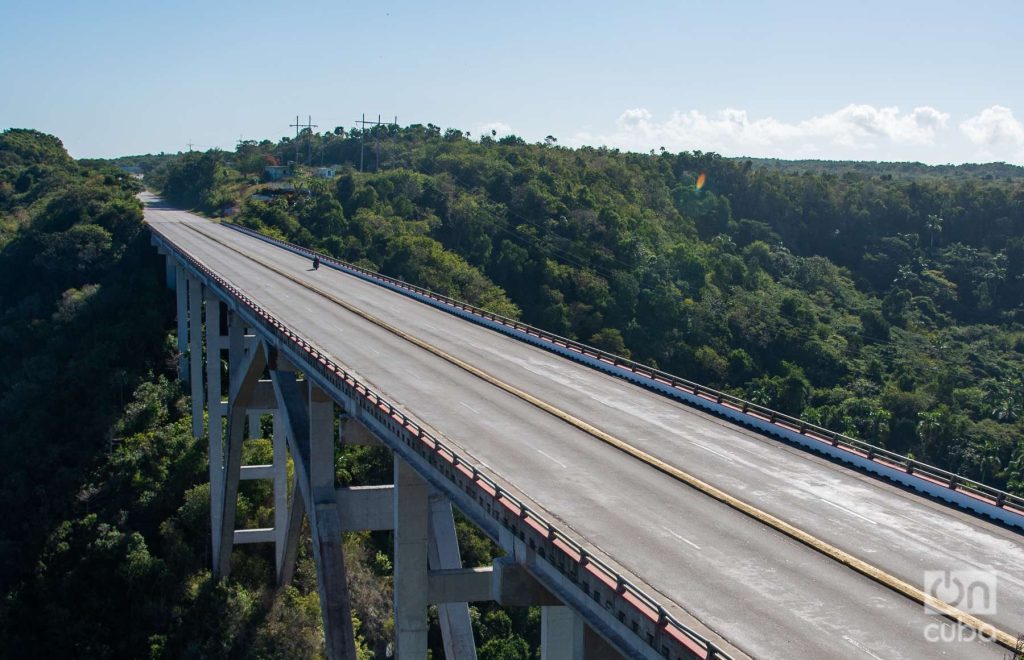

Unlike traditional methods that used straight beams, Melan proposed arches made up of reinforced concrete segments, which are joined by flexible joints and compressed to form a complete arch.
The result is a bridge structure that can withstand heavy loads and offers greater stability compared to other building systems. In addition, it allows reducing the amount of material used, saving costs and simplifying the construction process.
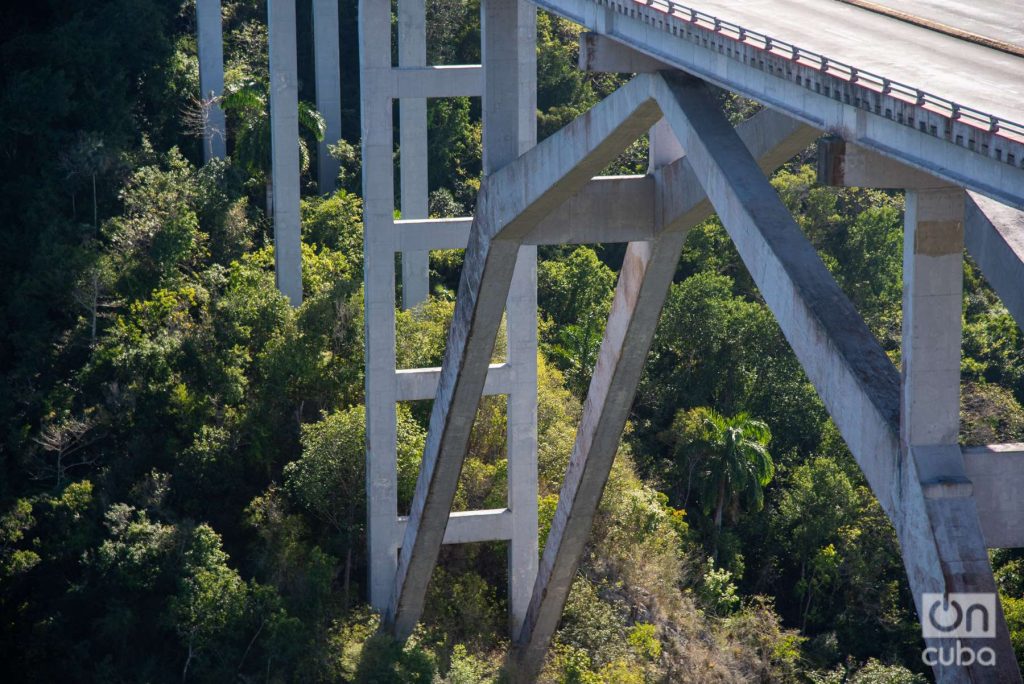
The Melan system was chosen for the construction of the Bacunayagua Bridge precisely because of the challenges to build a bridge of this magnitude in the midst of difficult geological conditions and landforms.
The Cuban engineer and designer Luis Sáenz Duplace was its designer, and the construction was carried out by the engineering company Sáenz, Arvesu, Cancio, Martín & Gutiérrez (SACMAG).
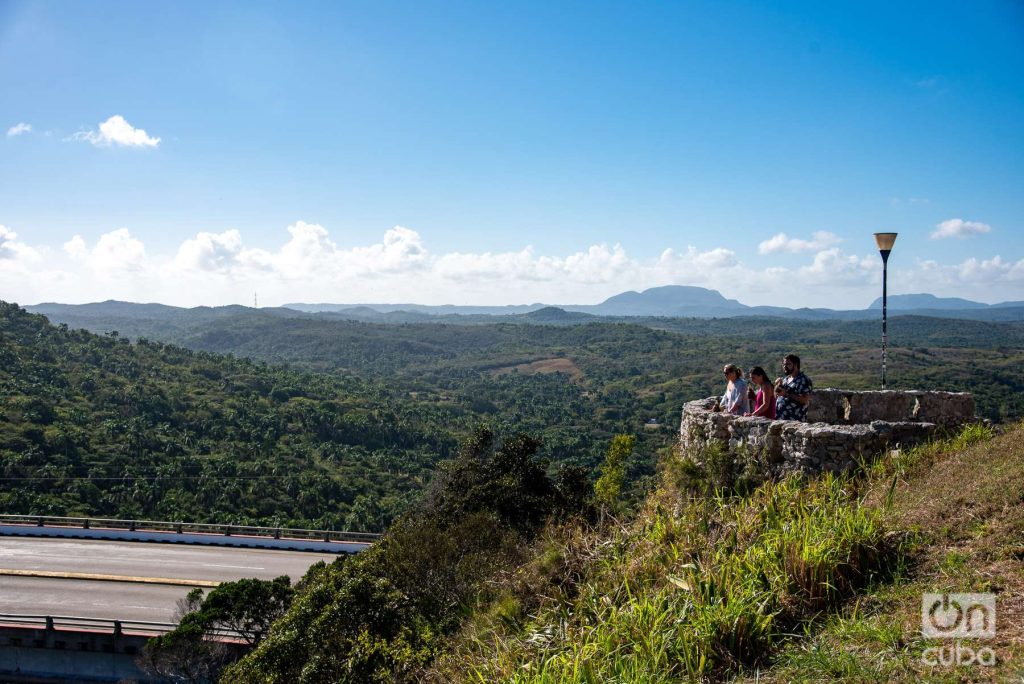
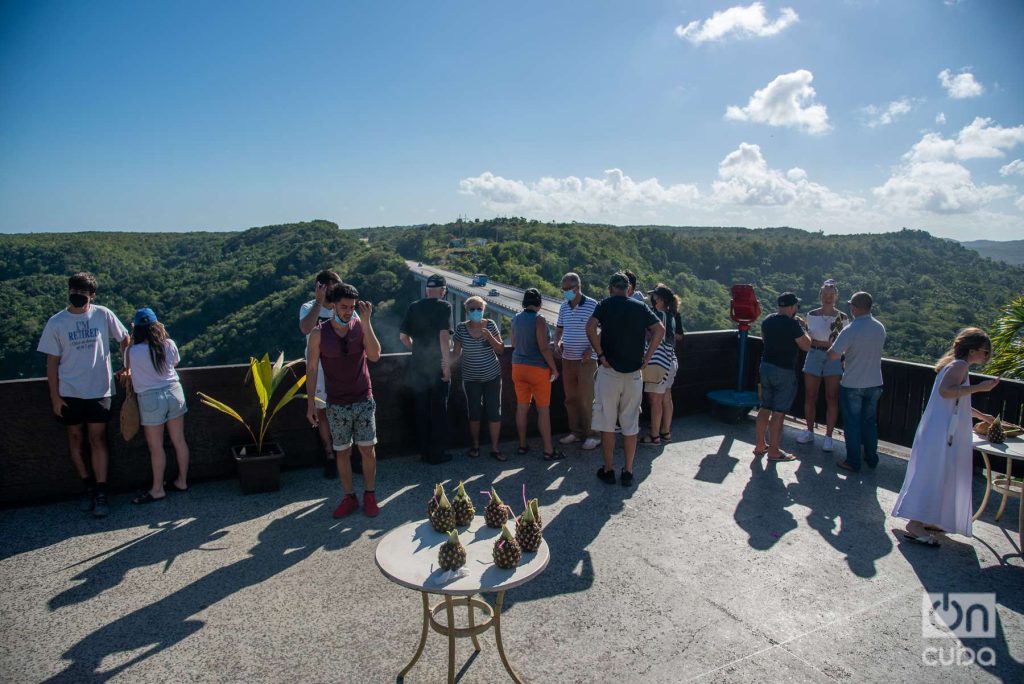
The bridge structure consists of two main reinforced concrete arches that connect to each other, forming a continuous structure that spans the valley. These arches, elegant and slender in shape, provide a distinctive appearance to the bridge and are one of the most prominent elements of its architectural design.
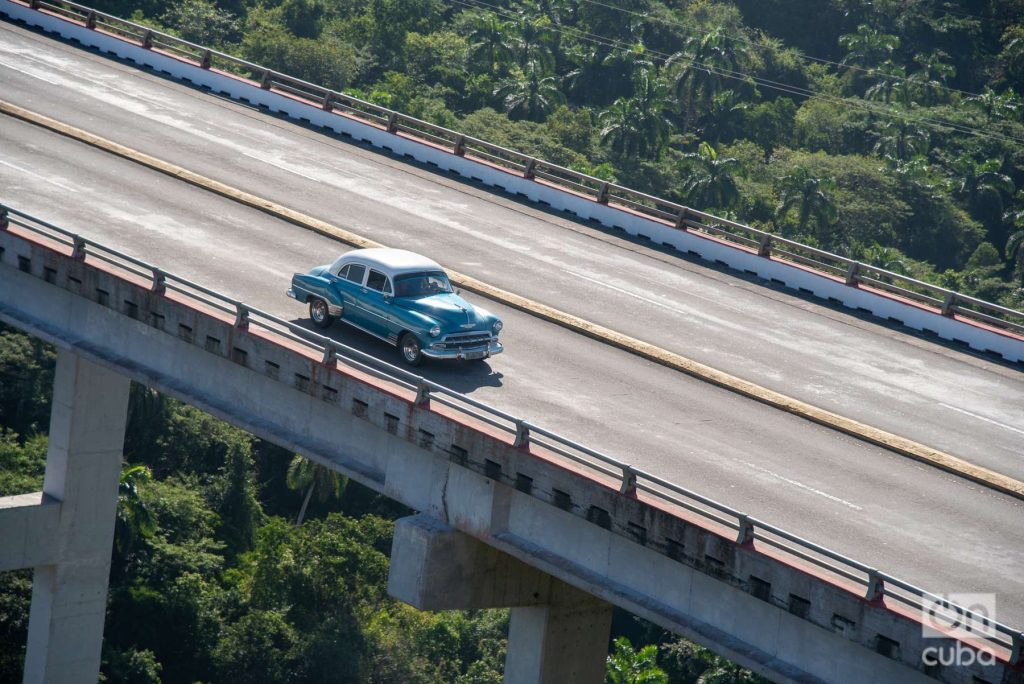
The work began at the end of 1956 and on October 3, 1959 it was opened to traffic. Over time, repairs and maintenance have been carried out in various areas, such as the concrete surface coating, support structures and joints. These actions guarantee safety and extend the useful life of the structure, allowing the bridge to continue being an emblematic and functional element for the region.
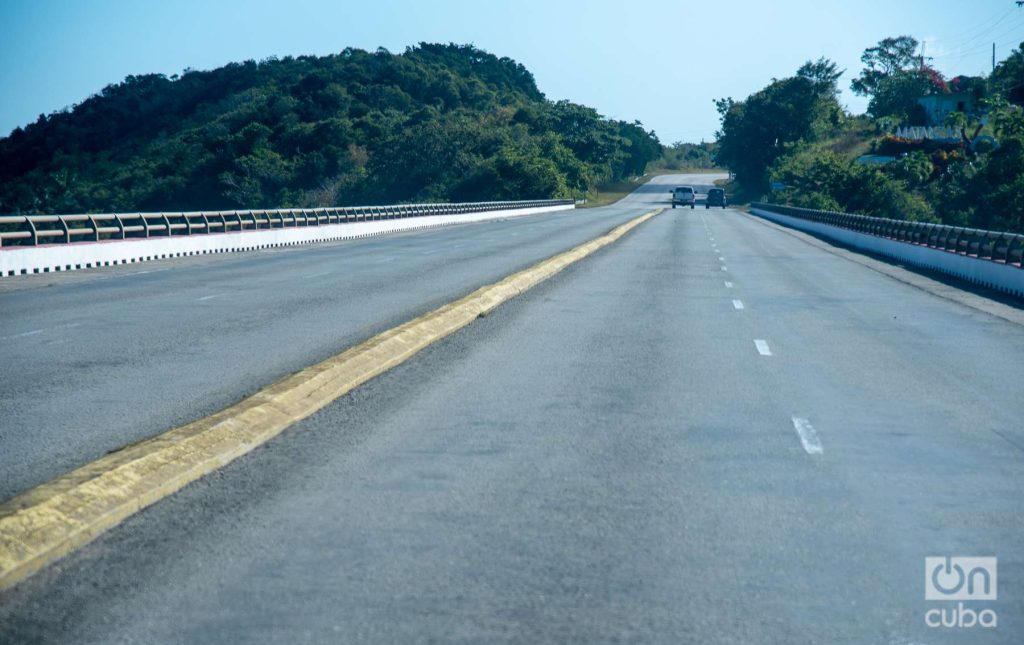
The Melan system applied for the construction of the Bacunayagua Bridge proved to be efficient and durable. In addition to having a significant impact on the socioeconomic life of the country (it is the main route to Varadero), it is a notable and successful example to the world of Melan’s designs on civil engineering. In the same way, it is a sample of the ingenuity and capacity of Cuban engineers and operators (as in ¡Viva Papi!) in the construction of impressive infrastructure works.
